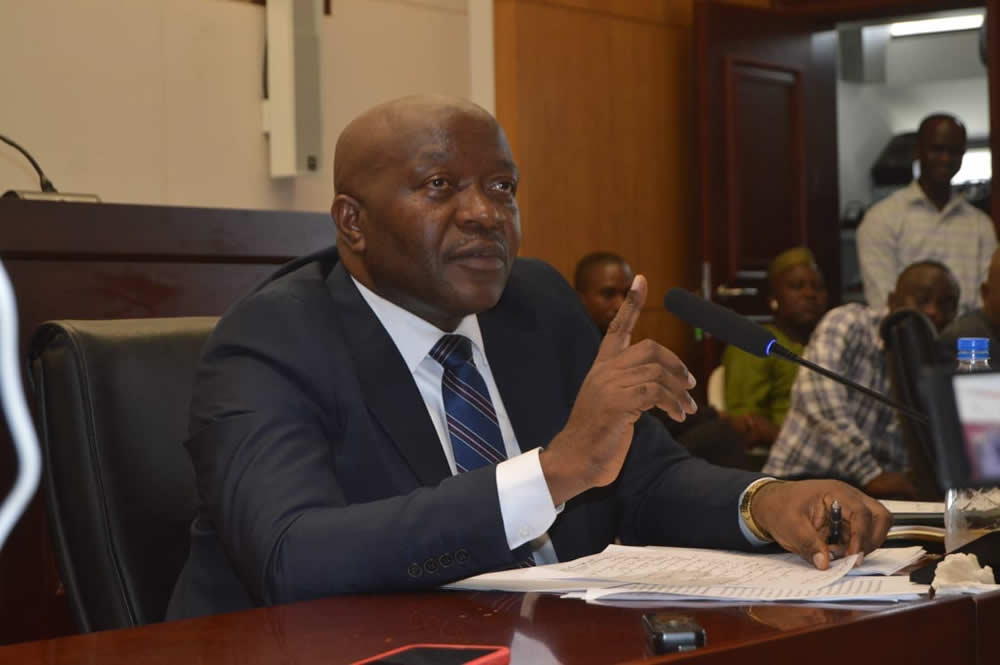Liberia steadies macro path amid reforms
Liberia’s fiscal deficit narrows to 3.1 % of GDP as inflation eases to 6.8 % and remittances steady L$185/USD, while external metrics strengthen (BDI, US10Y).

Liberia’s latest New Dawn business supplement offers a snapshot of the country’s evolving post-stabilisation economy, where modest fiscal gains and improving external confidence contrast with lingering structural weaknesses. The publication’s analysis underscores cautious optimism ahead of the 2026 budget cycle, as authorities navigate slower donor flows and renewed calls for private investment.
Data from the Ministry of Finance show domestic revenue collection reaching US$620 million in FY2024/25, up 8 % year-on-year, with tax administration improvements and port-fee digitisation driving the rise. Expenditure discipline has also improved, keeping the fiscal deficit near 3.1 % of GDP compared with 5.4 % two years earlier. Inflation averaged 6.8 % in the year to September 2025, moderated by a stable Liberian dollar and firm food-supply chains.
The Central Bank of Liberia (CBL) maintained its policy rate at 20 %, balancing currency stability against growth support. Money-supply expansion was contained at 9 % y/y, while reserve coverage improved to 3.7 months of imports. The exchange rate traded around L$185/US$, benefiting from steady remittance inflows exceeding US$450 million annually. The bank’s bi-monthly PSI (price-stability indicator) report notes mild liquidity tightening but limited risk to the banking sector, whose non-performing-loan ratio has eased to 12 %.
Investment sentiment remains subdued but stable. The Liberia Chamber of Commerce projects foreign direct investment inflows near US$300 million for 2025, led by agriculture and gold-mining projects. Infrastructure bottlenecks persist, especially in energy and roads, where only 11 % of the network is paved. Yet, fiscal consolidation and gradual institutional reform under the Public Financial Management Act revision have lifted investor confidence marginally.
Analysts point to favourable external indicators: iron-ore prices have held above US$105 per tonne, rubber exports recovered 4 % q/q, and the Baltic Dry Index (BDI) shows firm shipping demand. Globally, moderating US yields (US10Y) have narrowed frontier-market spreads, providing room for policy continuity.
Going into 2026, policymakers aim to deepen domestic-debt markets and introduce a Treasury-bill auction schedule. Sustained progress hinges on stronger revenue mobilisation and reduced quasi-fiscal losses at state enterprises. Liberia’s short-term macro picture is broadly stable, but medium-term transformation will depend on unlocking private-sector credit and improving governance in procurement and concessions.





